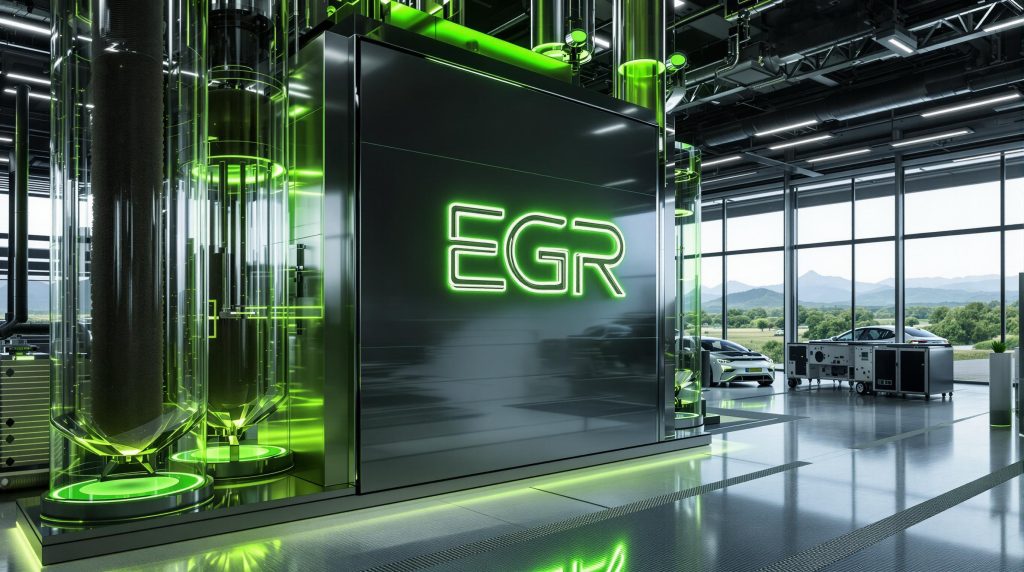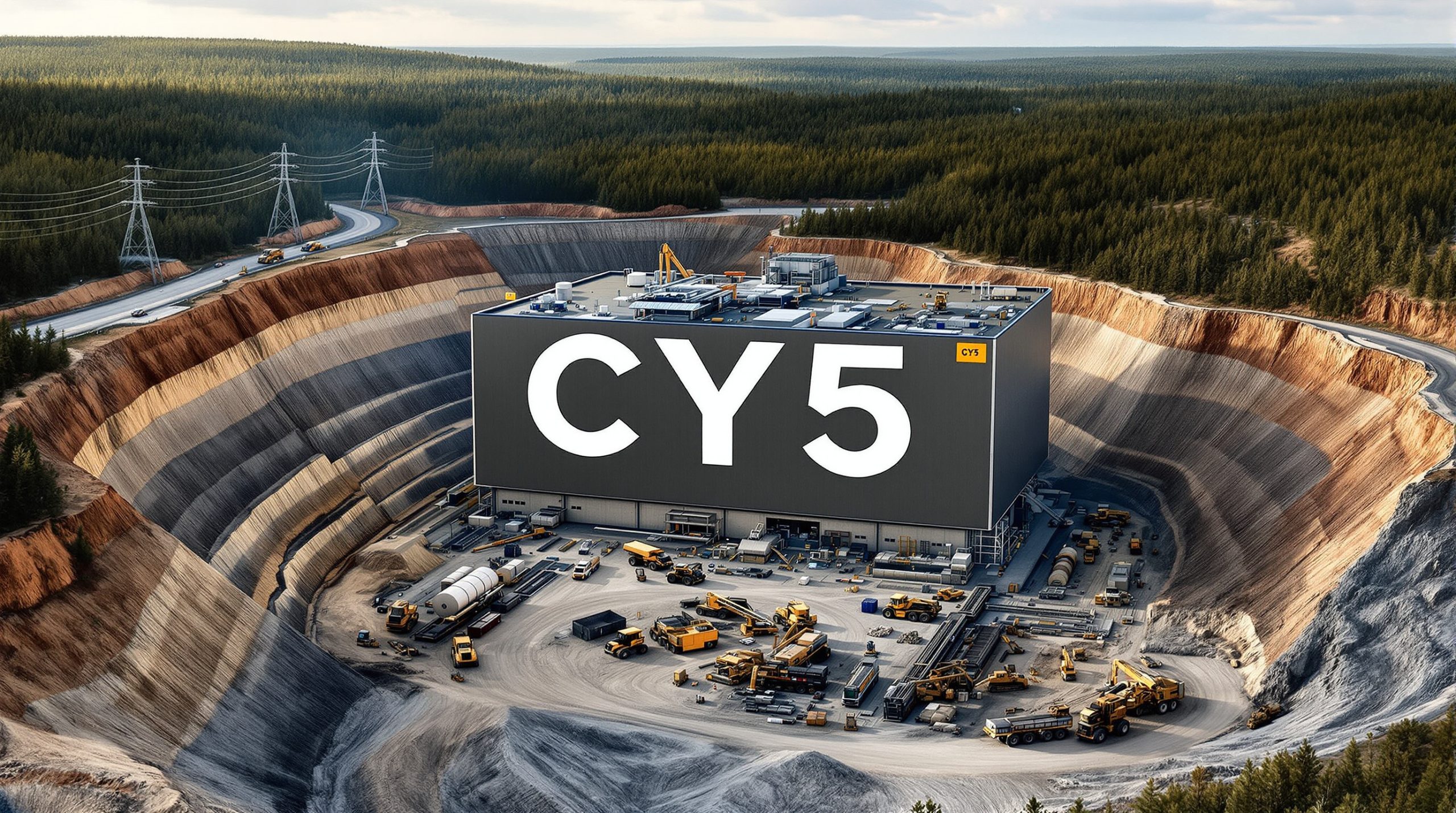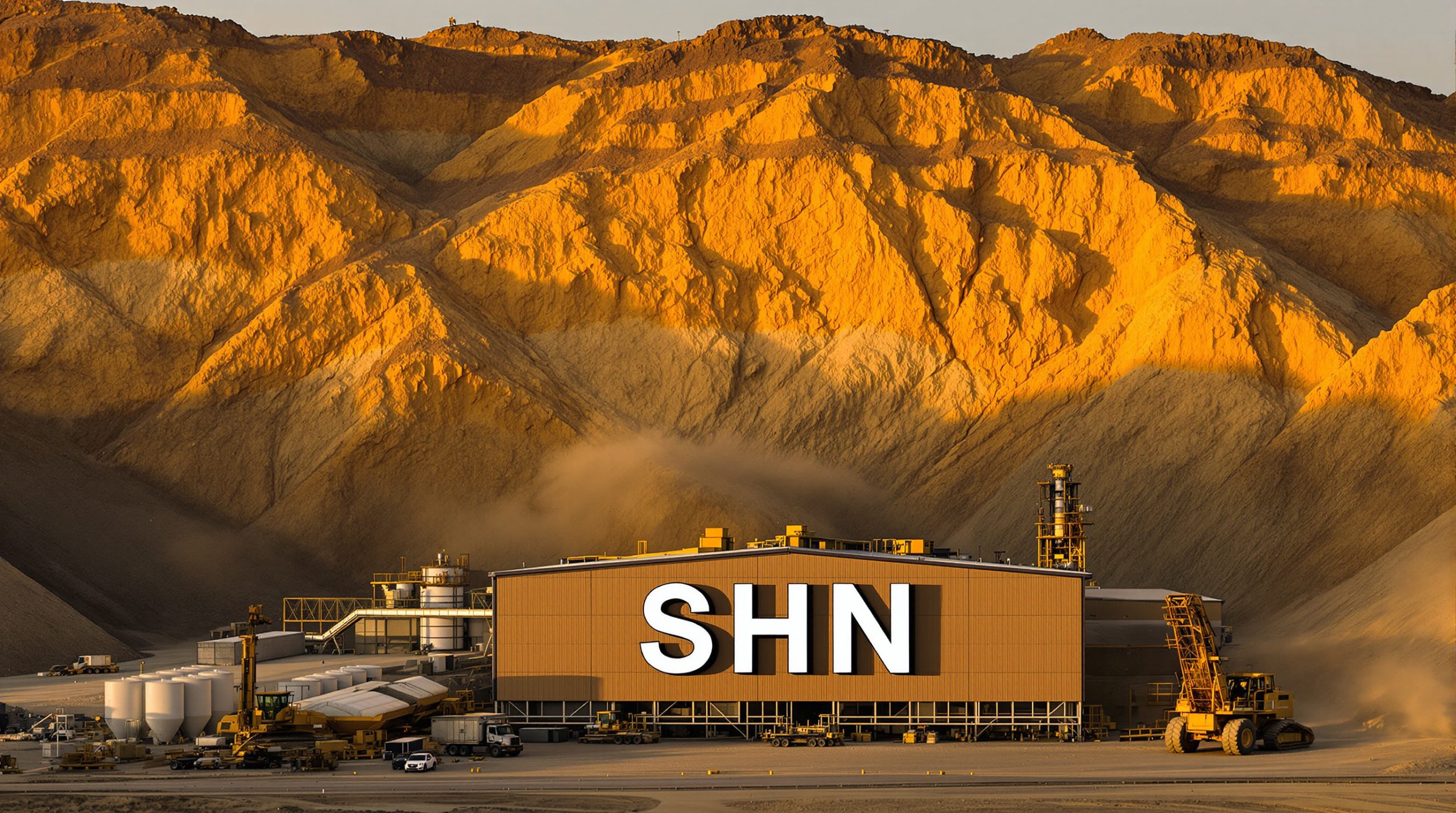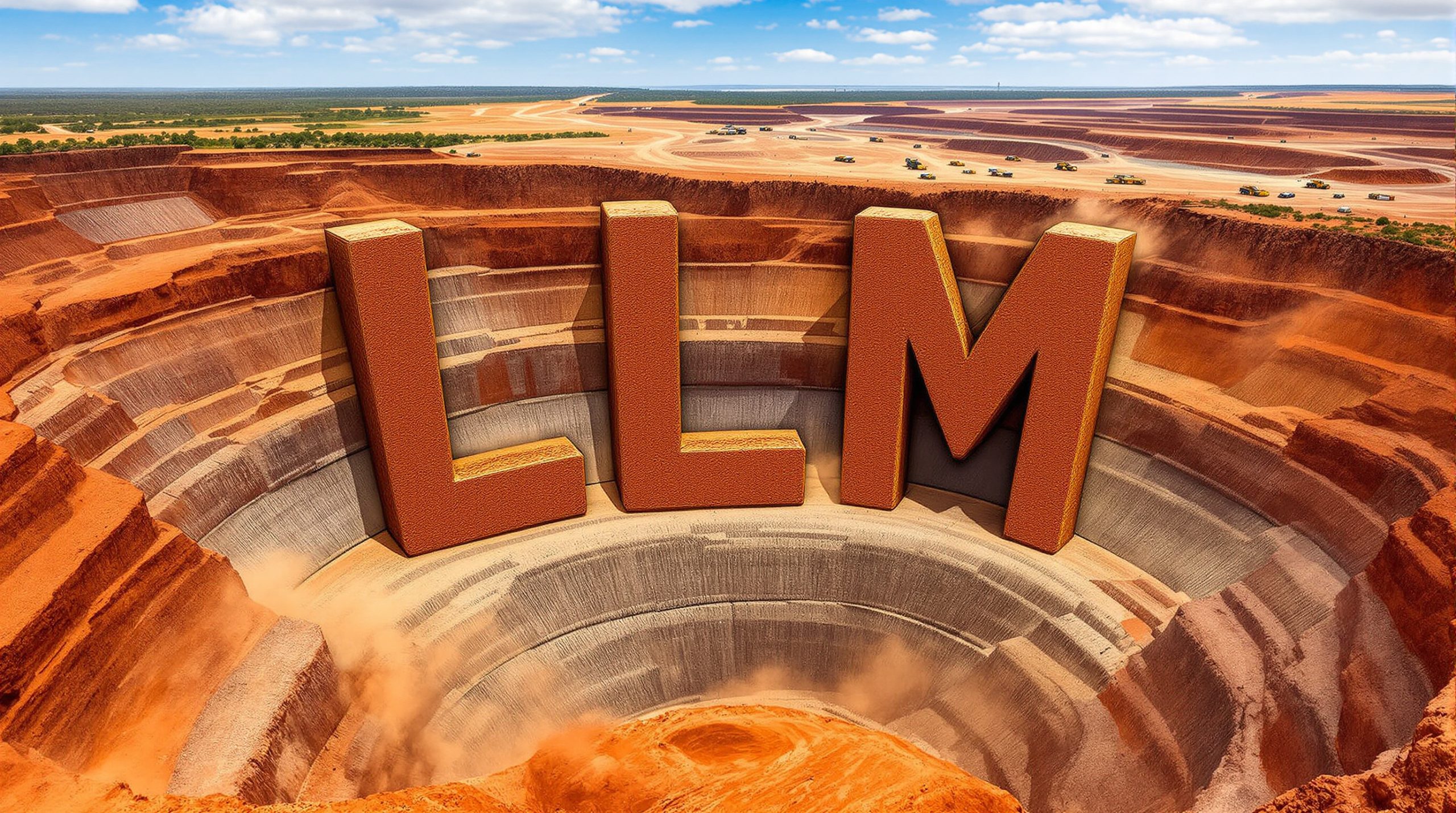EcoGraf's HFfree® Technology: A Game-Changer for Battery Anode Materials
EcoGraf Limited (ASX: EGR) has unveiled groundbreaking results from its Product Qualification Facility (PQF) testwork, demonstrating that its proprietary HFfree® purification technology delivers industry-leading low costs and substantial economic returns. The technology is positioned to provide the lithium-ion battery market with a scalable, cost-competitive, and environmentally responsible alternative to existing graphite purification methods.
Breakthrough Cost Efficiencies Drive Strong Financial Returns
Recent process design optimisations have delivered significant efficiency improvements and cost savings, resulting in a remarkable 25% reduction in process operating costs to US$478 per tonne compared to previous estimates. This positions EcoGraf's HFfree® process at a 34% cost advantage over traditional hydrofluoric acid (HF) purification methods used in China.
The company's initial 25,000 tonne per annum (tpa) purification facility is projected to deliver impressive financial metrics:
- Pre-tax NPV10 of US$282 million (A$433 million)
- Internal rate of return (IRR) of 42%
- Annual EBITDA of US$42 million
- Initial capital investment of US$95 million (including contingency)
- Payback period of less than 4 years
These projections are based on a US location, with similar metrics expected for a European facility, where the company is focusing particularly on Germany.
Sustainable Alternative to Chinese Supply Chains
EcoGraf's Managing Director, Andrew Spinks, highlighted the strategic importance of the achievement: "Following extensive process development over the last 4 years, this is a major milestone achievement for our customers, shareholders and Tanzanian developments. It demonstrates the compelling value proposition of linking the Company's upstream Tanzanian graphite developments with the EcoGraf HFfree® purification facilities."
The HFfree® technology offers several significant advantages over competing purification methods:
- Produces high-quality battery anode material with 99.99% carbon purity
- Uses readily available reagents suitable for implementation in major battery manufacturing hubs
- Minimal waste generation and low carbon footprint
- Enhanced anode recycling capability
- Easily scalable to meet growing demand
Rising Demand and Strategic Importance
The timing of EcoGraf Ltd battery anode materials breakthrough couldn't be better. Global demand for natural flake graphite is forecasted to increase sixfold by 2030, driven primarily by the rapid expansion of lithium-ion batteries used in electric vehicles and energy storage systems.
Adding to the favourable market dynamics, the US Department of Commerce recently announced preliminary anti-dumping duties of 93.5% on anode-grade graphite imported from China, which could result in effective total tariffs of up to 160%. These trade measures are expected to provide strong support for increased long-term graphite prices and accelerate the development of alternative supply chains.
Understanding the HFfree® Process Advantage
EcoGraf's patented purification technology represents a significant departure from conventional methods. The process is a multi-step chemical procedure that precisely removes impurities while preserving the important physical and chemical properties of natural graphite specified by battery manufacturers.
In contrast to the dominant Chinese hydrofluoric acid method, which is highly toxic and environmentally damaging, EcoGraf's HFfree® technology offers a cleaner, safer, and more cost-effective alternative. This is particularly important as many countries ban or restrict the use of hydrofluoric acid, limiting the global scalability of Chinese processes.
The Science Behind HFfree® Purification
EcoGraf HFfree® proprietary purification is a multi-step chemical process using precise conditions to remove impurities. Each step is conducted to preserve the important physical and chemical properties of natural graphite specified by battery manufacturers.
As part of the PQF program over the past 16 months, variations of the flow sheet design were trialled continuously to determine the impacts of each stage and the equipment materials of construction on achieving the target product specifications.
During this phase, operating cost reduction and product quality were a key focus, with significant success in lowering reagent use and water treatment and waste disposal costs. Improvements were also achieved through flowsheet optimisation, equipment selection and materials used, with equipment selections and materials of construction demonstrating effective performance and operating reliability during production campaigns at the PQF.
Vertically Integrated Supply Chain
EcoGraf Ltd battery anode materials business model extends beyond the purification technology to encompass a complete, vertically integrated supply chain:
- Upstream: The Epanko Graphite Project in Tanzania will provide high-quality natural flake graphite as feedstock
- Midstream: A Mechanical Shaping Facility in Tanzania will process the flake graphite into spherical graphite
- Downstream: EcoGraf HFfree® Purification Facilities located near battery manufacturers will produce high-purity anode material
- Recycling: The same technology will be applied to recycle graphite from spent batteries
The company has already secured patent protection in Australia, the US, South Africa, and East African countries, with additional applications pending in Europe, India, Malaysia, South Korea, Vietnam, and Canada.
"Following extensive process development over the last 4 years, this is a major milestone achievement for our customers, shareholders and Tanzanian developments. It demonstrates the compelling value proposition of linking the Company's upstream Tanzanian graphite developments with the EcoGraf HFfree® purification facilities to provide a vertically integrated business which will enable customers to reduce their dependence on existing graphite supply chains."
Why This Matters for Investors
EcoGraf Ltd battery anode materials technology addresses several critical challenges facing the battery industry:
- Supply chain security: Reducing dependence on Chinese graphite supplies, which currently account for nearly 80% of global production
- Environmental sustainability: Offering a cleaner alternative to toxic hydrofluoric acid purification
- Cost competitiveness: Delivering significantly lower operating costs than competing methods
- Scalability: Providing a technology that can be deployed globally to meet growing demand
- Recycling capability: Supporting the circular economy through effective anode recycling
With the global transition to electric vehicles accelerating and battery manufacturers seeking more diversified and sustainable supply chains, EcoGraf is positioning itself at the forefront of a critical materials revolution.
As governments worldwide implement policies to reduce dependence on Chinese supply chains and support domestic battery manufacturing, EcoGraf's technology offers a compelling solution that aligns with both economic and environmental objectives.
Anode Recycling Capability
EcoGraf's anode recycling capability supports EU and US requirements for lithium-ion battery recycling, and the company is currently working with BASF and SungEel Hitech Ltd.
Testing has demonstrated the structure and morphology of the recycled graphite are essentially unchanged compared to pristine commercial anode-grade graphite. The EcoGraf HFfree® recovered graphite at 99.95% carbon matches the properties of brand-new commercial natural anode graphite.
An independent ISO Life Cycle Assessment (LCA) that assesses projected environmental impacts for purified spherical graphite has demonstrated that products produced via EcoGraf HFfree® anode recycling contain an almost zero or "CO2 free" footprint when compared to synthetic graphite, which is currently the major anode component and is produced via a high temperature, fossil fuel-based, carbon intensive manufacturing process.
Graphite Demand and Market Dynamics
Demand for natural battery graphite is increasing strongly, driven by the rapid expansion of lithium-ion batteries used in EVs and energy storage systems in North America, Europe and Asia.
Analysis by UBS indicates a significant increase in natural graphite demand, driven primarily by the rising use of natural graphite in electric vehicle batteries. The report anticipates a 6x increase in natural graphite demand by 2030, with a shift in battery anode material towards a higher proportion of natural graphite (from about 30% currently to 50% by 2030). This growth is expected to be fuelled by a projected 5x increase in EV sales and larger battery sizes.
Global Warming Potential (kg CO2 eq. per kg Anode Grade Graphite):
| EcoGraf HFfree® Product | Value | Chinese Products |
|---|---|---|
| Site 1 | 4.9 | Natural: 10.6 |
| Site 2 | 8.2 | Synthetic: 23.1 |
| Site 3 | 9.9 | |
| Site 4 | 10.1 | |
| Site 5 | 9.6 | |
| Site 6 | 14.3 |
Strong ESG Commitment
EcoGraf remains committed to the highest standards in terms of environment, social and governance responsibility, including developing and implementing planning frameworks that are aligned with international standards such as IFC Performance Standards, Equator Principles IV, Global Industry Standard on Tailings Management, Sustainable Development Goals, Global Reporting Initiative Standards, and Initiative for Responsible Mining Associations Standards.
Advantages of EcoGraf HFfree® BAM over Chinese Supply
The Epanko feedstock cost advantage is due to the geological setting of the deposit. Since graphite is a product of regional and local metamorphism (temperature and pressure) and the sediments in which the carbon rich material is deposited, each deposit is unique and different.
Comparison of China vs Epanko Graphite Feedstock:
| Characteristic | Heilongjang Feedstock | Epanko Feedstock | Advantage |
|---|---|---|---|
| Feedstock (-100 mesh size fraction) carbon grade | 90%-94% | 96-98% | Epanko high grade concentrates require less impurities to be removed |
| Silica content of Ore | 30-40% | 10-20% | Epanko higher SpG yield (60%) Chinese graphite intercalated with the mineral muscovite and with high silica content results in lower yields (30-40%) |
| Metamorphic Gradient of Graphite Rich Rocks | Greenschist-Granulite Facies | Eclogite-Granulite facies | Epanko has undergone the highest pressure and temperature, providing a higher crystalline graphite |
EcoGraf's Multi-Hub Development Strategy
The company's strategy is to locate its purification facilities in North America, Europe and Asia-Pacific regions to support localised demand outside of China and to meet the increasing demand for battery anode material.
The natural graphite for these facilities will be sourced from the Company's Epanko Graphite Project in Tanzania where the Company has mandated KfW IPEX-Bank to arrange a senior debt facility of up to US$105 million under Germany's Untied Loan Guarantee program for the construction of the Epanko stage 1 mine, initially producing 73,000tpa of flake graphite.
Customer demand is expected to significantly grow from 2027 in Europe and North America, supported by increasing EU and US Government legislation to encourage new sustainable graphite supply chains. Similar to Vital Metals' secured funding for its rare earths project, the Company is actively securing sales partnerships, financial support and also evaluating locations to develop its downstream projects in the key ex-China battery manufacturing markets.
China Market and Export Licensing Controls
China currently dominates the graphite and anode material sector with nearly 80% of the global production of flake graphite originating from the Heilongjiang province, together with almost 100% of graphite purification using the hydrofluoric acid method. China's dominance is increasingly recognised as a risk to the expansion of graphite markets for high-purity industrial and defence applications, requiring global government action to support new, more sustainable critical minerals supply chains.
China's Ministry of Commerce has implemented tighter export controls on dual-use technologies and critical minerals, which includes graphite. These measures involve a more rigorous licensing system and export control, adversely impacting electric vehicle and lithium battery manufacturer reliance on Chinese products.
As a result, China's graphite products are being subjected to more stringent reviews and controls, which are expected to significantly impact its future graphite exports to Europe and the US. These controls will result in the development of new ex-China supply chains and the importance of viable long-term alternate supply chains that are cost-competitive and eco-friendly is critical to global electric vehicle and battery manufacturers.
Furthermore, companies like Austin Metals with its new gold targets and S2 Resources launching drilling campaigns are demonstrating the growing importance of developing critical mineral assets outside traditional supply chains. In addition, innovative approaches like Mt Fisher's early gold production show how companies are adapting to changing market dynamics in the resources sector.
Want to Catch the Next Major ASX Mineral Discovery?
Discovery Alert's proprietary Discovery IQ model instantly identifies significant mineral discoveries on the ASX, helping investors gain a critical market advantage before news spreads. Explore why historic discoveries like De Grey Mining and WA1 Resources delivered exceptional returns by visiting the dedicated discoveries page.




